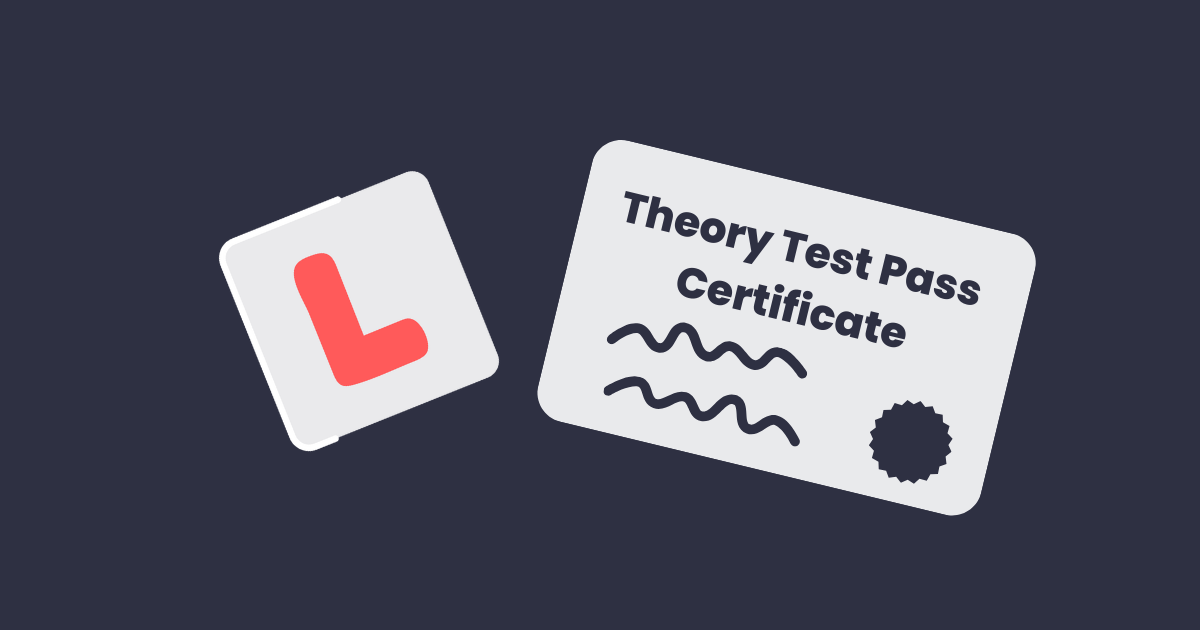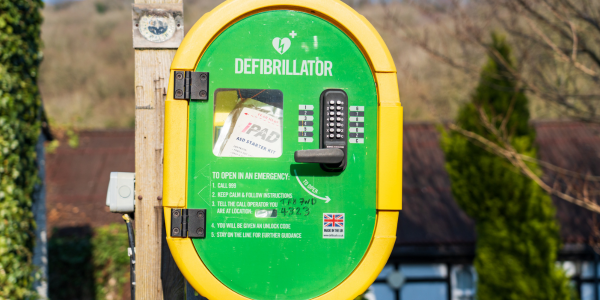
Do I Have to Pass My Theory Test Before Learning to Drive?
Find out whether you need to pass your theory test before you start learning to drive and what other requirements are needed.
Starting in early 2026, the UK’s driving theory test will include new questions on cardiopulmonary resuscitation (CPR) and automated external defibrillators (AEDs). This change aims to equip drivers with essential life-saving skills, as they are often the first people at the scene of a cardiac arrest on the road. The Driver and Vehicle Standards Agency (DVSA) has collaborated with organisations like Resuscitation Council UK to integrate this critical knowledge into the theory test.
Each year, over 40,000 out-of-hospital cardiac arrests occur in the UK, with fewer than 1 in 10 people surviving. However, if CPR is administered and an AED is used within 3 to 5 minutes of collapse, survival rates can increase to as high as 70%. The DVSA’s initiative seeks to address these low survival rates by ensuring that more people, especially new drivers, are prepared to act in emergencies.
With the changes to the theory test due to change in early 2026, learner drivers will need to familiarise themselves with the following:
These topics will be included in the multiple-choice section of the theory test, alongside existing content on road signs, traffic laws, and hazard perception.
If someone suffers a cardiac arrest when travelling in a vehicle, other drivers can often be the first at the scene. Potential scenarios include:
In these situations, immediate action can be crucial to saving lives before professional help arrives.

Even though these questions won’t appear in the theory test until 2026, it’s a great idea to get a head start. Learning CPR and how to use a defibrillator isn’t just about passing your test, it’s about having the confidence to step in and help if someone needs it.
Here are some ways to lean about CPR and AED before your theory test:
The inclusion of CPR and AED questions in the driving theory test is a significant step towards potentially improving cardiac arrest survival rates in the UK. By equipping learner drivers with these life-saving skills, the DVSA aims to create a generation of drivers who are not only knowledgeable about road safety but also prepared to act in medical emergencies. As a learner driver, it’s essential to familiarise yourself with these new topics to ensure you are ready to respond effectively in an emergency.
Commonly asked questions about CPR
CPR is a life-saving technique used when someone’s breathing or heartbeat has stopped. Learning CPR enables drivers to assist individuals in cardiac arrest situations, potentially saving lives.
An AED is a portable device that delivers an electric shock to the heart to restore a normal rhythm. It should be used as soon as possible after a cardiac arrest to increase the chances of survival.
The DVSA aims to equip learner drivers with essential life-saving skills. Since drivers are often first on the scene during emergencies, knowing CPR and how to use an AED could potentially improve cardiac arrest survival rates in the UK.
Many local community centres, first aid organisations, and online platforms offer CPR and AED workshops or interactive tutorials. Practising these skills hands-on can boost your confidence and help you retain the knowledge for real-life situations and your theory test.
The new questions will be included in the car and motorcycle theory tests from early 2026. Learners taking their theory test from that time onwards will need to be familiar with these topics.
You will be logged out in seconds. Do you want to stay signed in?